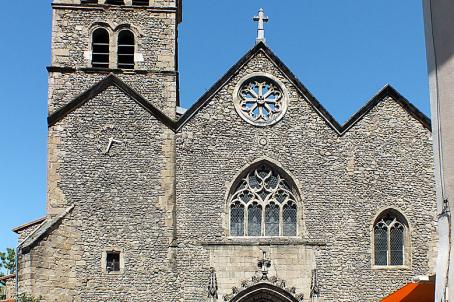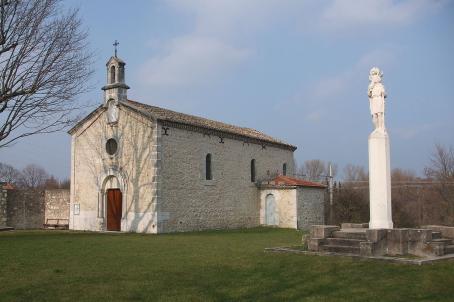Sanctuary of Notre-Dame d'Ay

The sanctuary is said to date from the Middle Ages, particularly from the time of the Third Crusade. It originates from the chapel of a fortified castle built on the rocky spur of Ay, which remained the property of the Counts of Tournon for many decades. Inside it was placed a black virgin: the "Virgin of Ay" also called "Our Lady of Ay".
About this building
The primitive castle of Ay is a fortified castle built by the lords of Ay in the tenth or eleventh century directly on a huge rock. It was encircled by strong walls that were once crenellated, including three surrounding walls on the south-west side, the easiest side for attackers to access. Several towers at the four cardinal points completed this defence. The sanctuary consists of a chapel with a Madonna and Child and a castle with 3 rectangular keeps dated from the 8th to 10th centuries, rebuilt in the 15th and 16th centuries.





